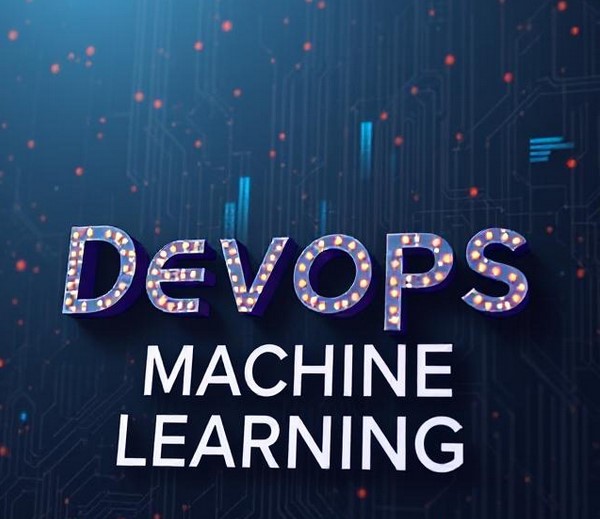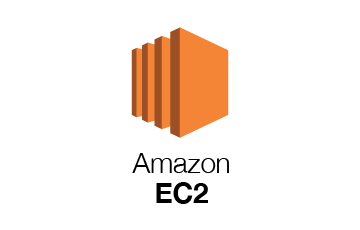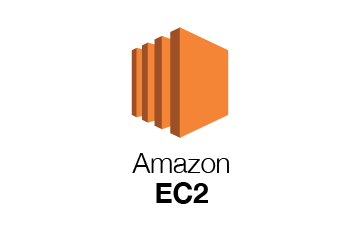Introduction
Machine Learning (ML) is now a critical component of modern applications, but deploying, monitoring, and managing ML models in production is challenging. Traditional DevOps practices do not fully address the complexities of ML, leading to the rise of MLOps (Machine Learning Operations).
MLOps combines DevOps, Data Engineering, and Machine Learning to automate the entire AI lifecycle—from model training and deployment to monitoring and governance.
In this blog, we’ll explore how MLOps works, why it’s important, and how companies like Uber, Airbnb, and Microsoft implement it.
1. What is MLOps?
MLOps is the DevOps equivalent for Machine Learning workflows, focusing on:
✔ Model Versioning – Managing multiple AI model versions with Git.
✔ Automated Model Deployment – CI/CD pipelines for ML models.
✔ Scalable Training & Inference – Using Kubernetes and GPUs for AI workloads.
✔ Monitoring & Model Drift Detection – Detecting AI model degradation in real-time.
🔹 Example: Microsoft uses Azure Machine Learning MLOps to automate AI model updates for enterprise applications.
2. Challenges in Deploying Machine Learning Models
🚧 Data Dependency Issues – Unlike traditional software, ML models depend on large datasets that frequently change.
🚧 Model Drift & Performance Decay – AI models degrade over time as new data emerges.
🚧 Scalability & Cost Optimization – AI workloads require GPU-based scaling, making cloud cost management essential.
🔹 Example: Uber’s Michelangelo MLOps platform ensures real-time model retraining to combat model drift.
3. Key MLOps Components
3.1 ML Version Control & CI/CD for Models
MLOps integrates version control (Git + DVC) with automated pipelines to streamline model training, testing, and deployment.
🔹 Example: GitHub Actions + MLflow + Docker for deploying AI models to Kubernetes.
3.2 Kubernetes for Scalable AI Workloads
Kubernetes + Kubeflow enables auto-scaling of AI models, ensuring efficient GPU utilization.
🔹 Example: Airbnb uses Kubeflow to run distributed AI training on Kubernetes clusters.
3.3 Model Monitoring & Drift Detection
AI models degrade over time due to data drift. MLOps monitors real-time AI performance using Prometheus + Grafana + AI observability tools (Seldon Core).
🔹 Example: Google Cloud AI uses automated retraining workflows to detect model drift and update models in production.
4. Real-World MLOps Implementation: A Case Study
Scenario: Building an AI Fraud Detection System
A fintech company needs to deploy an AI-based fraud detection system with continuous learning capabilities.
✔ Step 1: Train the ML model using PyTorch + Jupyter Notebooks
✔ Step 2: Store AI models in MLflow for versioning
✔ Step 3: Deploy the model using Docker + Kubernetes
✔ Step 4: Monitor real-time predictions using Prometheus + Grafana
✔ Step 5: Automate model retraining when accuracy drops below 95%
🔹 Outcome: The fintech company reduced fraud cases by 47% using automated MLOps pipelines.
Conclusion
MLOps is transforming AI deployment, monitoring, and scalability by integrating DevOps best practices into machine learning workflows. Companies like Uber, Google, and Airbnb rely on MLOps to automate AI model retraining, reduce downtime, and improve model accuracy.






